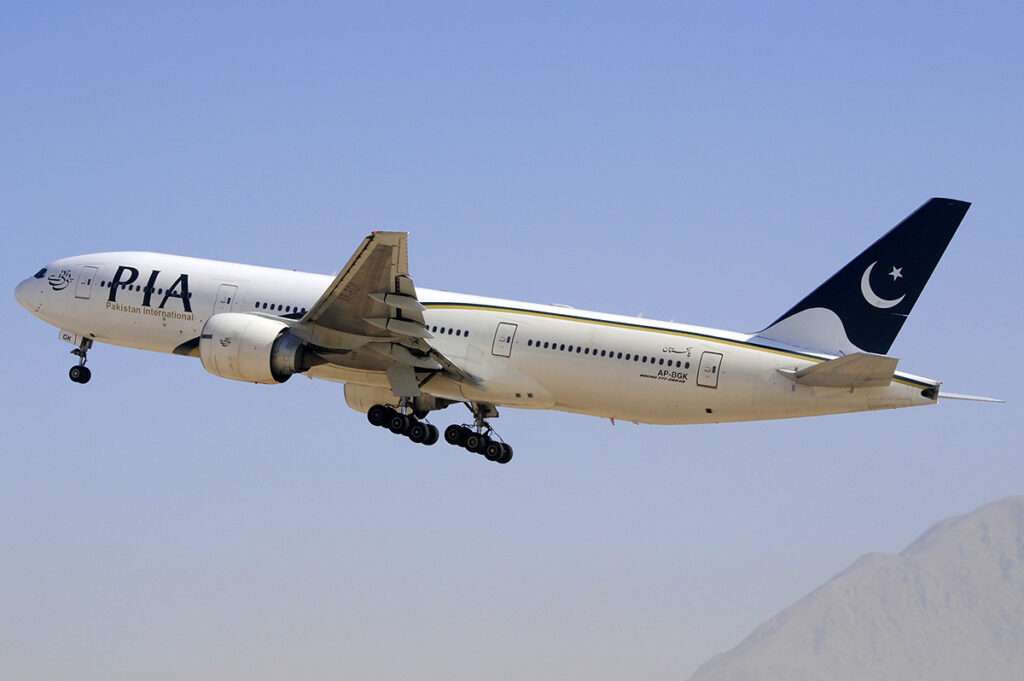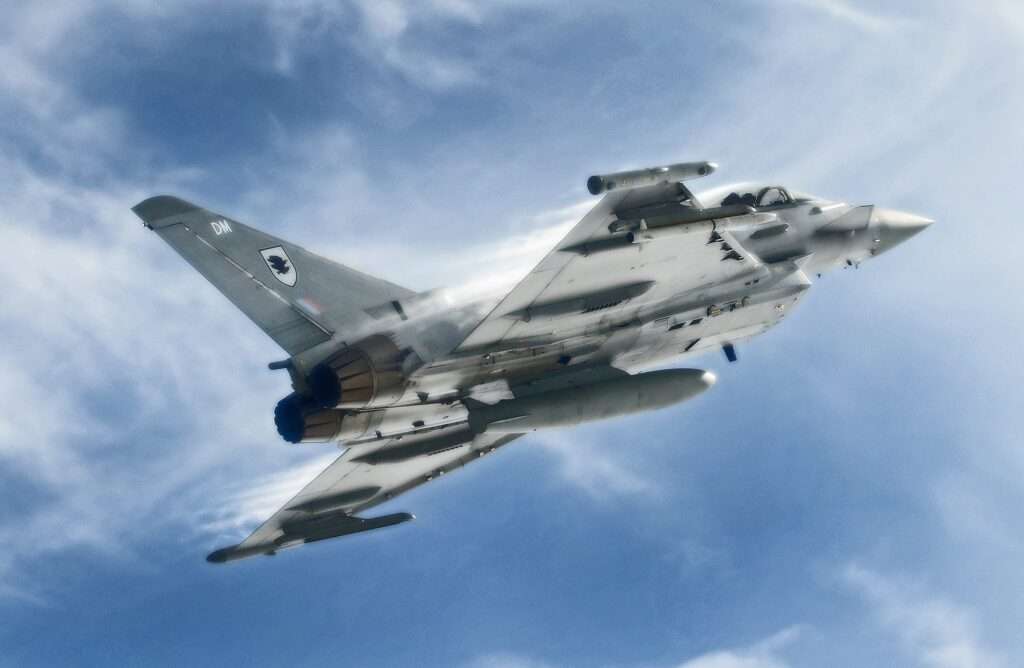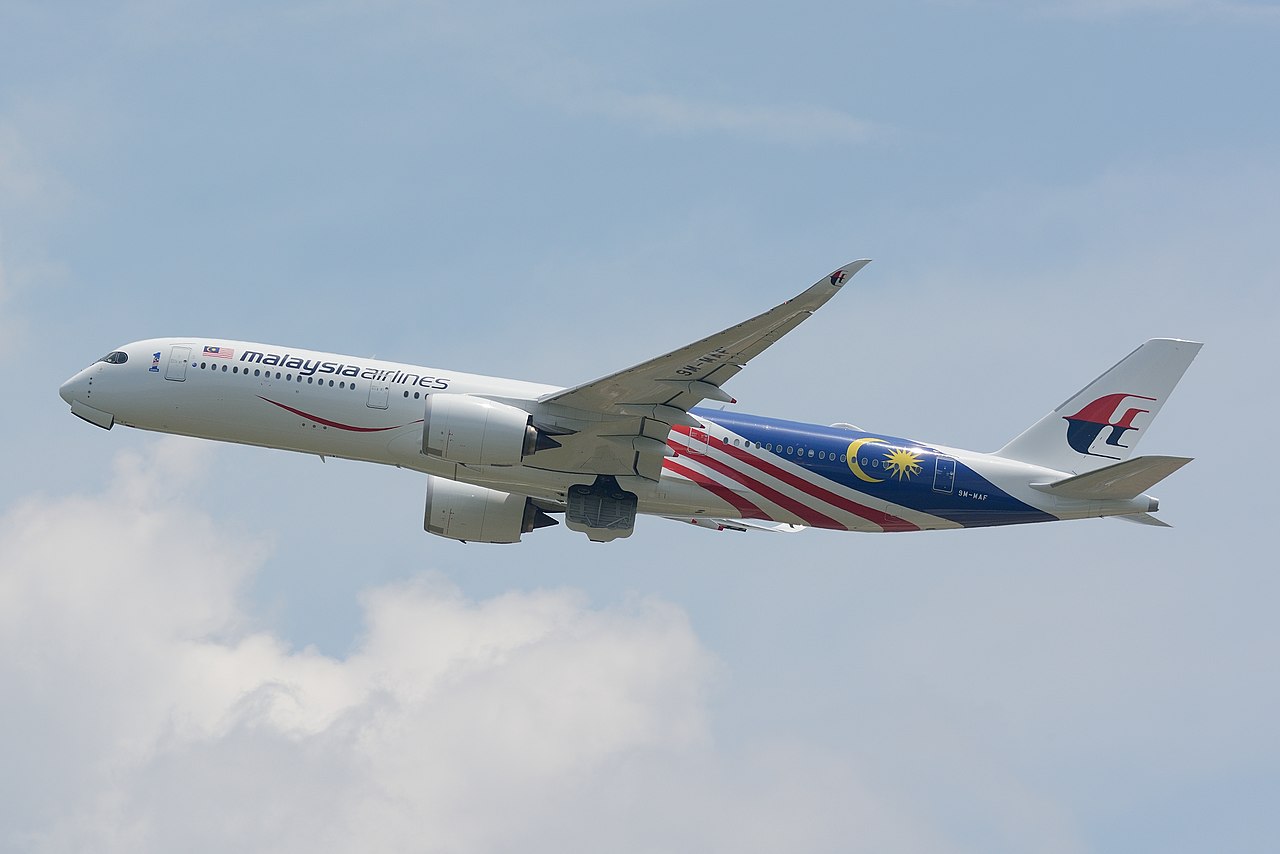This month marks the anniversary of a dramatic event aboard Pakistan International Airlines flight PK709, originally scheduled to fly from Lahore, Pakistan to Manchester, UK and the diversion into London Stansted.
On May 24, 2013, the flight took an unexpected turn when it was diverted to Stansted Airport.
The Incident at Hand in London…
Two British men, aged 30 and 41, were apprehended on suspicion of endangering the aircraft.
Thankfully, Essex Police confirmed there were no suspicious items found onboard.
Passengers reported hearing threats made during the flight, although the nature of these threats remains unconfirmed by authorities.
The BBC reported that the incident was not terror-related, but rather involved some form of weapon or bomb threat.
Despite the unsettling situation, the pilot managed to safely land the plane at Stansted.
This was with the assistance of the RAF QRA.
One passenger recounted the experience, stating they were unaware of the situation until the plane’s altered course and subsequent landing.

They further confirmed the pilot’s announcement regarding a threat received onboard.
Another passenger corroborated the story, claiming cabin crew informed them of two men repeatedly attempting to enter the cockpit and making threats after being denied access.
The incident prompted a swift response from authorities.
The pilot alerted them, and upon landing, the passengers were taken to a reception center for questioning.
While some inconvenience was caused, Manchester Airport arranged for onward transportation via coach for the passengers later that day.
The Use of Quick Reaction Alert Typhoons…

A Quick Reaction Alert (QRA) is a state of high readiness maintained by air forces, particularly NATO countries, to respond swiftly to potential threats in their airspace. Here’s a breakdown of what it involves:
- Constant Monitoring: Military and civilian radars are used 24/7 to track all aircraft entering or within a country’s airspace. This builds a real-time picture of air traffic called the Recognized Air Picture (RAP).
- Alert Fighters: Fighter jets are kept on high alert, fueled and armed, with crews ready to take off at a moment’s notice. These are typically high-performance aircraft like the Typhoon used by the Royal Air Force (RAF) in your example.
- Scramble Time: If an unidentified or potentially hostile aircraft is detected on radar, the QRA team springs into action. This is called a scramble, and the goal is to get the fighter jets airborne as quickly as possible to intercept and investigate the unknown aircraft.
- Identification and Escort: Once airborne, the fighter jets approach the unknown aircraft and attempt to visually identify it. Communication may also be established to understand the aircraft’s intentions. If necessary, the fighter jets will escort the unknown aircraft out of the country’s airspace or until it lands.
In essence, a QRA is a critical air defense measure to ensure rapid response to potential threats and safeguard a country’s airspace.
While the anniversary brings back memories of a tense situation at London Stansted, it also serves as a reminder of the professionalism displayed by the pilot and crew in ensuring the safety of all onboard.

Click the banner to subscribe to our weekly newsleter.

Click the photo to join our WhatsApp channel so then you can stay up to date with everything going on in the aviation industry!





